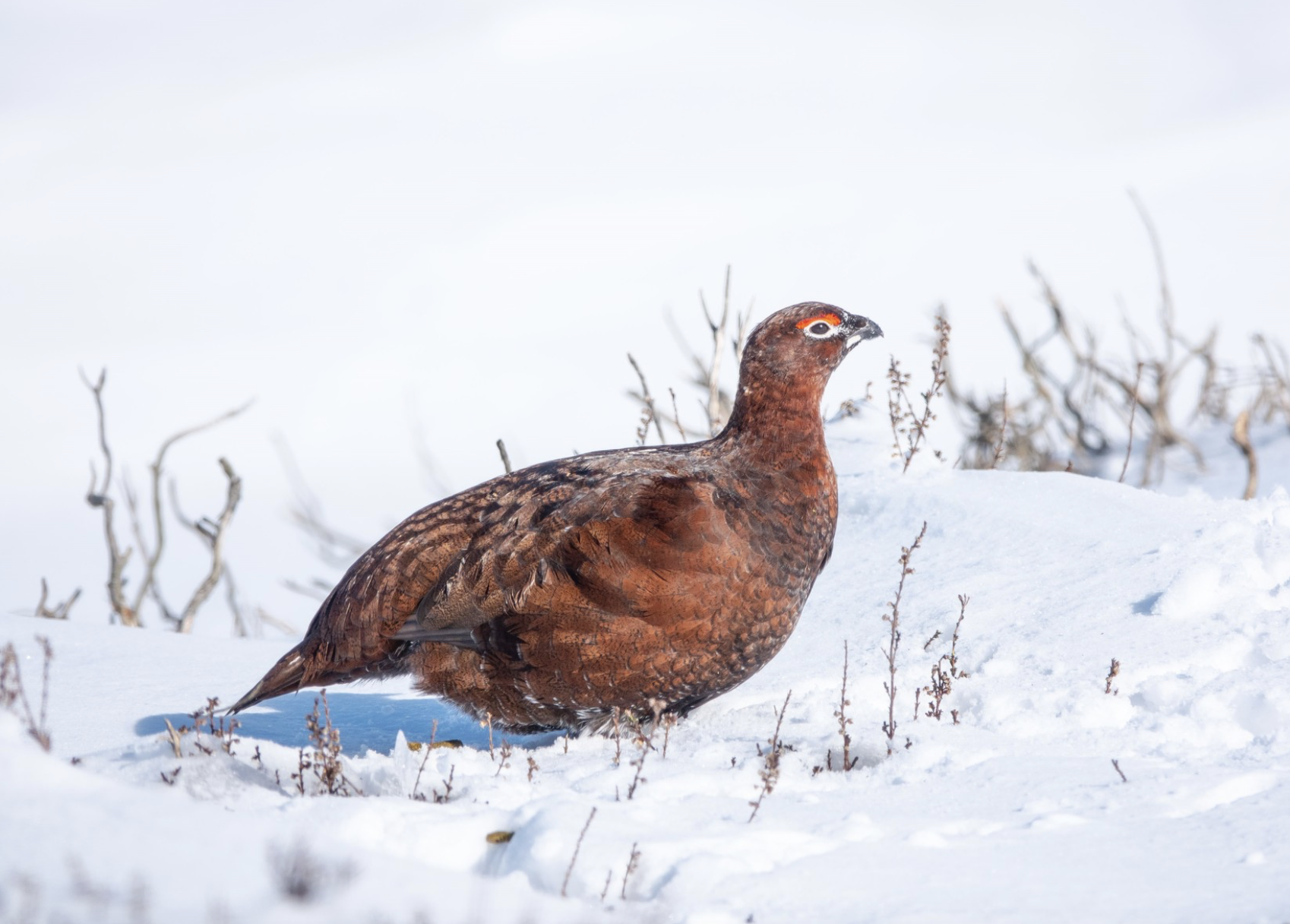The king of game birds
Yorkshire Dales Moorland Group
Red grouse - the king of gamebirds!
Followers of YDMG will know that we regularly and proudly deliver features about the red and amber listed birds that can be found on our managed moors. It is important that we do this. However, we are prone to overlook one of, if not the most pivotal bird species on the moors. This one bird underpins all the conservation work and habitat management that supports all the other wildlife flourishing on our managed moors. That bird is the prestigious red grouse.
This collection of photos were taken throughout the seasons on some of our moors here in the Yorkshire Dales. These wonderful gamebirds are truly inspiring birds.
Red grouse facts: They are exclusively native to the UK being a sub species of the willow ptarmigan of the arctic regions.
Red grouse are not bred in captivity. They are not imported and they are most definitely not released from cages or pens. They are totally free living, untamed, indigenous, wild birds of the moor.
Red grouse eat heather. They peck at the tips of the heather plant favouring nutritious young buds but will also eat seeds, berries and leaves.
They make fantastic parents with both adults forming a close family unit when the chicks hatch out in spring. The adults stay together until the chicks reach adulthood and probably for much longer.
They are ground nesting birds, producing anywhere from six to ten eggs and are susceptible to predation from weasels, rats and stoats right up to raptors, gulls and crows especially carrion crows and ravens. They are not immune to predation by foxes, badgers and mink and from egg to adult the red grouse is a target for a range of predators.
Red grouse shooting is regarded as the most exciting and challenging form of shooting there is. Fast, agile flyers, wily and found in hard to reach places, these birds attract a good deal of attention from sportsmen. Shooting only takes place when there is a harvestable surplus. Preserving the breeding population is the highest priority for all gamekeepers.
The income generated from letting the shooting brings in millions of pounds to rural areas particularly during the autumn when visitor numbers decline.
Red grouse are an important species for so many reasons. No doubt we will visit these reasons in the months to come but for now let’s just salute this royal gamebird and admire its tenacity, endurance and beauty.






